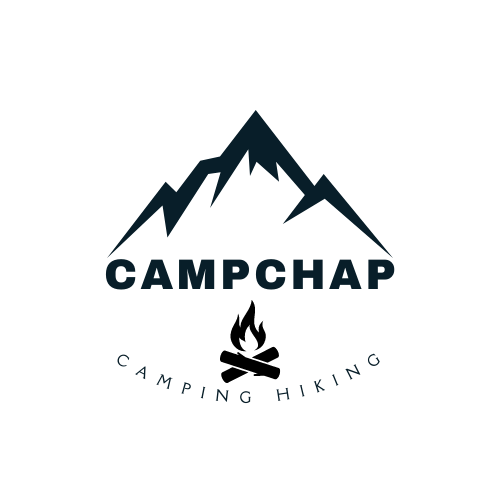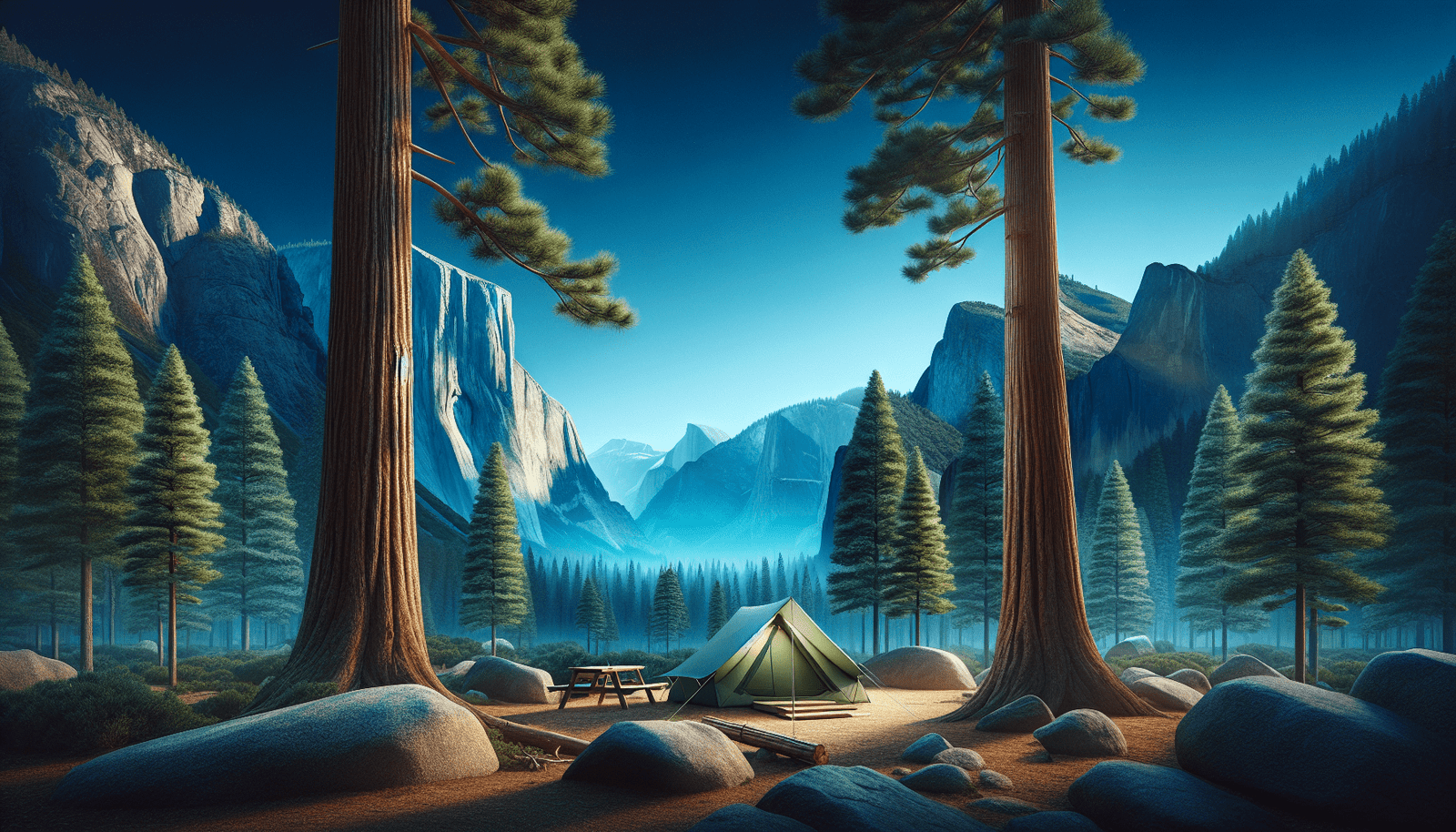Thinking about camping in Rocky Mountain National Park (RMNP) is thrilling! But before you pitch your tent just anywhere, it’s essential to know the rules and designated spots. While RMNP offers a variety of breathtaking camping experiences, it has specific areas set aside for camping to ensure both your safety and the preservation of the park’s natural beauty. This guide will help you navigate the options and regulations so you can fully enjoy your outdoor adventure without any unwelcome surprises. Have you ever wondered if you can camp anywhere in Rocky Mountain National Park (RMNP)?
Introduction
Rocky Mountain National Park (RMNP) is one of the most beloved outdoor destinations in the United States. The park is known for its breathtaking landscapes, diverse ecosystems, and abundant wildlife. With over 265,000 acres of vibrant wilderness, it’s no wonder why people wonder if they can pitch a tent anywhere and enjoy nature’s beauty. However, camping in RMNP isn’t as straightforward as it might seem.
Why is RMNP so Special for Camping?
RMNP offers a wide range of camping opportunities that cater to different preferences and levels of experience. Whether you prefer car camping, backcountry camping, or reservable campgrounds with modern amenities, the park provides options for everyone. Its unique combination of alpine lakes, jagged peaks, and lush valleys makes it a camper’s paradise.
What You Should Know Before You Go
Before you embark on your camping adventure in RMNP, it’s essential to understand the park rules and regulations. The key takeaway here is that you cannot simply camp anywhere you choose. There are specific designated areas and guidelines you need to follow to camp legally and sustainably.
Designated Campgrounds in RMNP
Campgrounds Overview
RMNP boasts several developed campgrounds, each offering unique features and facilities. These campgrounds are perfect if you prefer having access to amenities like restrooms, water, and picnic areas. Here’s a quick overview of some of the main campgrounds:
| Campground | Elevation (ft) | Sites | Amenities | Reservations |
|---|---|---|---|---|
| Moraine Park | 8,160 | 244 | Toilets, water, fire rings, picnic tables | Required |
| Glacier Basin | 8,500 | 150 | Toilets, water, fire rings, picnic tables | Required |
| Aspenglen | 8,220 | 53 | Toilets, water, fire rings, picnic tables | Required |
| Timber Creek | 8,900 | 98 | Toilets, water, fire rings, picnic tables | Required |
How to Make a Reservation
To ensure you get a spot, you should make a reservation in advance, especially during peak seasons. Reservations can be made through the National Park Service’s website or using recreation.gov. Always double-check the specific amenities offered and any site-specific regulations before booking.
Rules and Regulations at Campgrounds
When camping at designated campgrounds, it’s crucial to follow rules such as:
- Quiet Hours: Generally enforced between 10 PM and 6 AM.
- Fire Guidelines: Use designated fire rings and obey any fire bans.
- Wildlife Safety: Keep food and scented items in bear-proof containers or your vehicle.
- Leave No Trace: Clean up all trash and respect the natural environment.
By respecting these guidelines, you’ll help preserve RMNP’s beauty and ensure a pleasant experience for all visitors.
Backcountry Camping
Understanding Backcountry Camping
Backcountry camping offers a more rugged and remote experience compared to developed campgrounds. However, it requires more planning and preparation. You must be self-sufficient and carry all essential gear, including food, water, and shelter.
Permits for Backcountry Camping
To camp in RMNP’s backcountry, you must obtain a permit. These permits are essential for several reasons:
- Resource Management: Helps the park manage visitor impact on the environment.
- Safety: Ensures that park rangers know your whereabouts in case of emergencies.
- Control Overuse: Limits the number of people in sensitive areas to prevent overuse.
You can apply for backcountry permits on the National Park Service website, and it’s advisable to do so well in advance, especially during the busy season.
Designated Backcountry Campsites
Contrary to popular belief, you can’t just pitch your tent anywhere in the backcountry. RMNP has designated backcountry campsites to minimize human impact on the wilderness. Each site has specific rules regarding group size, duration of stay, and the type of camping allowed.
Tips for Backcountry Camping
- Pack Light but Smart: Bring essential gear but keep weight manageable.
- Bear Safety: Use bear canisters for food storage.
- Water Sources: Know where reliable water sources are and carry purifying methods.
- Plan Your Route: Be familiar with your trail and alternative routes.
- Leave No Trace: Minimize your impact by packing out all waste.
Wilderness Camping Ethics
Leave No Trace Principles
If you’re passionate about preserving RMNP’s pristine beauty, practicing Leave No Trace (LNT) principles is vital. These seven principles include:
- Plan Ahead and Prepare: Consider the impact of your actions.
- Travel and Camp on Durable Surfaces: Stick to trails and designated campsites.
- Dispose of Waste Properly: Pack it in, pack it out.
- Leave What You Find: Take only pictures, leave only footprints.
- Minimize Campfire Impact: Use a camp stove and existing fire rings.
- Respect Wildlife: Observe from a distance and don’t feed animals.
- Be Considerate of Other Visitors: Keep noise levels low and respect others’ experience.
Why It Matters
Following LNT principles ensures that RMNP remains a beautiful and natural place for future generations. It also helps protect the park’s flora and fauna, which can be disrupted by irresponsible camping practices.
Wildlife Safety
Understanding Park Wildlife
RMNP is home to diverse wildlife, including elk, black bears, moose, and mountain lions. While these creatures add to the park’s allure, they require campers to exercise caution and respect.
Proper Food Storage
One of the key aspects of wildlife safety is proper food storage. Bears, in particular, are attracted to human food and can become a danger if they associate campsites with easy meals. Use provided bear-proof storage boxes or carry a bear canister in the backcountry.
Keeping a Safe Distance
It’s crucial to keep a safe distance from all animals, regardless of how harmless they may seem. Use binoculars or a camera with a zoom lens to observe wildlife without disturbing them. Approaching animals can be dangerous for both humans and the animals.
Knowing What to Do in Encounters
Be prepared by familiarizing yourself with what to do if you encounter wildlife. For example:
- Bears: Do not run; back away slowly and make noise.
- Moose: Give them plenty of space; they can be very aggressive.
- Mountain Lions: Make yourself look larger, maintain eye contact, and slowly back away.
Day Hiking and Camping in RMNP
Trails and Day Hikes
If you’re not ready for overnight camping, RMNP offers numerous day hiking opportunities. Trails range from easy walks to challenging treks. Some popular trails include:
| Trail Name | Distance (Round Trip) | Difficulty Level | Points of Interest |
|---|---|---|---|
| Bear Lake Loop | 0.8 miles | Easy | Scenic lake views |
| Ouzel Falls | 5.4 miles | Moderate | Waterfalls and wildlife |
| Longs Peak | 14.5 miles | Strenuous | Panoramic summit views |
| Flattop Mountain | 8.9 miles | Strenuous | Alpine scenery and vistas |
What to Pack for Day Hikes
For a successful day hike, pack wisely:
- Water: At least 2 liters per person.
- Food: High-energy snacks and a lunch.
- Layers: Weather can change rapidly.
- Map and Compass: Even on well-marked trails.
- First Aid Kit: Basic supplies for emergencies.
- Sun Protection: Hat, sunglasses, and sunscreen.
Day Use Regulations
While day hiking offers more flexibility, there are still regulations to follow:
- Stay on Marked Trails: Protect plant life and reduce erosion.
- Pack Out Trash: Even biodegradable items like fruit peels.
- Respect Wildlife: Observe from a distance and do not feed them.
- Follow Fire Regulations: Portable stoves are usually allowed, but open fires are not.
Seasonal Considerations
Summer Camping
Summer is the busiest season in RMNP, so plan ahead. The weather is generally mild, but afternoon thunderstorms are common. High elevations can still be cold, especially at night.
Fall Camping
Fall offers fewer crowds and stunning foliage. However, temperatures can drop significantly, and snow is possible. Ensure your gear is appropriate for colder conditions.
Winter Camping
Winter camping is for the adventurous. The high altitudes mean subzero temperatures and deep snow. Only experienced campers should attempt winter camping, equipped with specialized gear.
Spring Camping
Spring is a beautiful but unpredictable time. Melting snow can make trails muddy, and some areas may still be inaccessible. Be prepared for a range of weather conditions.
Special Considerations for Families
Camping with Kids
Camping with children can be a rewarding experience with some extra planning:
- Choose Easy Access Campgrounds: Moraine Park or Timber Creek are good options.
- Safety Preparations: Explain wildlife safety and trail etiquette.
- Entertainment: Bring nature guides, books, and games to keep kids entertained.
Educational Opportunities
RMNP offers Junior Ranger programs and other educational activities. These can be a fun way for kids to learn about nature and conservation.
Family-Friendly Trails
Some trails are more suitable for young children. For example, Bear Lake Loop is a short, easy hike with plenty of visual rewards.
Gear and Preparation
Essential Gear Checklist
No matter your camping style, certain items are indispensable:
- Tent: Weather-appropriate and sturdy.
- Sleeping Bag: Rated for the season’s temperatures.
- Sleeping Pad: For added comfort and insulation.
- Cooking Gear: Portable stove, fuel, pots, and utensils.
- Backpack: Spacious enough for all your gear.
- Navigation Tools: Map, compass, and/or GPS.
- Safety Kit: Includes first aid, whistle, and multi-tool.
Specialized Gear for Backcountry
For those venturing into the backcountry, additional gear is necessary:
- Bear Canister: Required for food storage.
- Water Filtration System: To purify natural water sources.
- Lightweight Gear: To keep your pack manageable.
- Emergency Shelter: Besides your tent, for unexpected situations.
Renting vs. Buying Gear
If you don’t camp frequently, renting can be an economical option. Many outdoor stores offer rental services for tents, sleeping bags, and more. However, investing in good quality gear can be worthwhile if you plan to camp regularly.
Conclusion: Can You Camp Anywhere in RMNP?
While it might be tempting to think you can set up camp wherever you like in Rocky Mountain National Park, the reality requires adhering to specific guidelines and areas. By sticking to designated campgrounds and backcountry sites, obtaining necessary permits, and following Leave No Trace principles, you help preserve RMNP’s stunning landscapes for everyone to enjoy.
So, the next time you plan a camping trip to this magnificent park, use this guide to ensure a safe, legal, and enjoyable experience. Happy camping!

